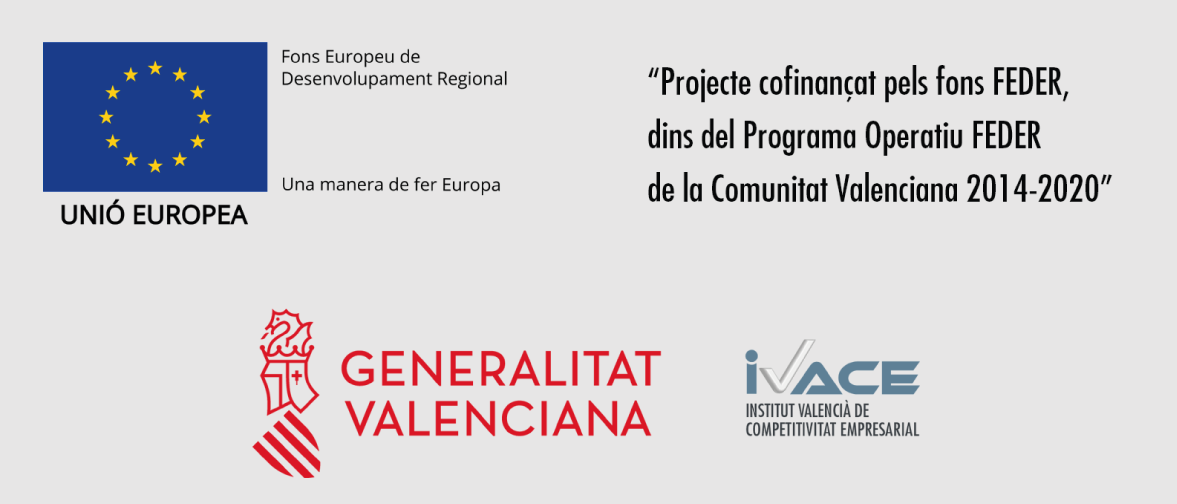2.5 - Variant calling
VariantSeq offers provides two variant callers: GATK (McKenna, et al. 2010; DePristo, et al. 2011; Cibulskis, et al. 2013) and VarsCan2 ( Koboldt, et al. 2012). We use the GATK package and more specifically the Mutect2 tool as it is specifically designed to call somatic variants. In this step, we use the PON and one training set (dbsnp_138.hg19.vcf.gz and its index), which are described in the section “1.2 - Tutorial material and case study”.
To call somatic variants with Mutect2, go to the Step-by-Step menu path, SNP/Indels → Variant Calling → GATK based → Mutect2 and proceed as indicated in Video 8.
Video 8. Performing variant calling with the interface implemented in Variantseq for the command Mutect2 of GATK
|
Expected results from variant calling: When When Mutect2 is complete, you will receive the results of the called variant in a VCF file for each bam file. VCF is a text file format (most likely stored in a compressed manner) that contains information about the called genetic variants. The VCF file presents meta-information lines (INFO, FILTER and FORMAT), a header line, and then data lines each containing information about a position in the genome for the variants called. This format also has the ability to contain genotype information for each position. To learn more about VCF file format please read carefully the following document: https://samtools.github.io/hts-specs/VCFv4.2.pdf The expected results are available at the following link Mutect2 To learn more about Mutect2 see, https://gatk.broadinstitute.org/hc/en-us/articles/360037593851-Mutect2 |
|---|

